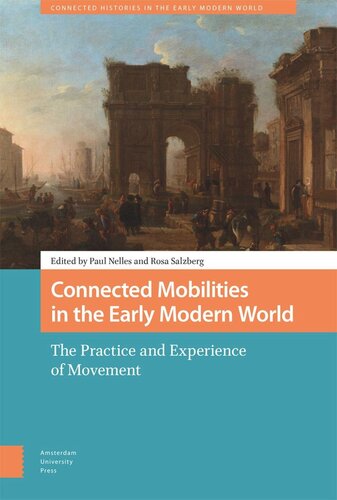

Most ebook files are in PDF format, so you can easily read them using various software such as Foxit Reader or directly on the Google Chrome browser.
Some ebook files are released by publishers in other formats such as .awz, .mobi, .epub, .fb2, etc. You may need to install specific software to read these formats on mobile/PC, such as Calibre.
Please read the tutorial at this link: https://ebookbell.com/faq
We offer FREE conversion to the popular formats you request; however, this may take some time. Therefore, right after payment, please email us, and we will try to provide the service as quickly as possible.
For some exceptional file formats or broken links (if any), please refrain from opening any disputes. Instead, email us first, and we will try to assist within a maximum of 6 hours.
EbookBell Team

4.8
44 reviewsThis book offers a panorama of movement, mobility, and exchange in the early modern world. While the pre-modern centuries have long been portrayed as static and self-contained, it is now acknowledged that Europe from the Middle Ages onwards saw increasing flows of people and goods. Movement also connected the continent more closely to other parts of the world. The present work challenges dominant notions of the ‘fixed,’ immobile nature of pre-modern cultures through study of the inter-connected material, social, and cultural dimensions of mobility. The case studies presented here chart the technologies and practices that both facilitated and impeded movement in diverse spheres of social activity such as communication, transport, politics, religion, medicine, and architecture. The chapters underscore the importance of the movement of people and objects through space and across distance to the dynamic economic, political, and cultural life of the early modern period.